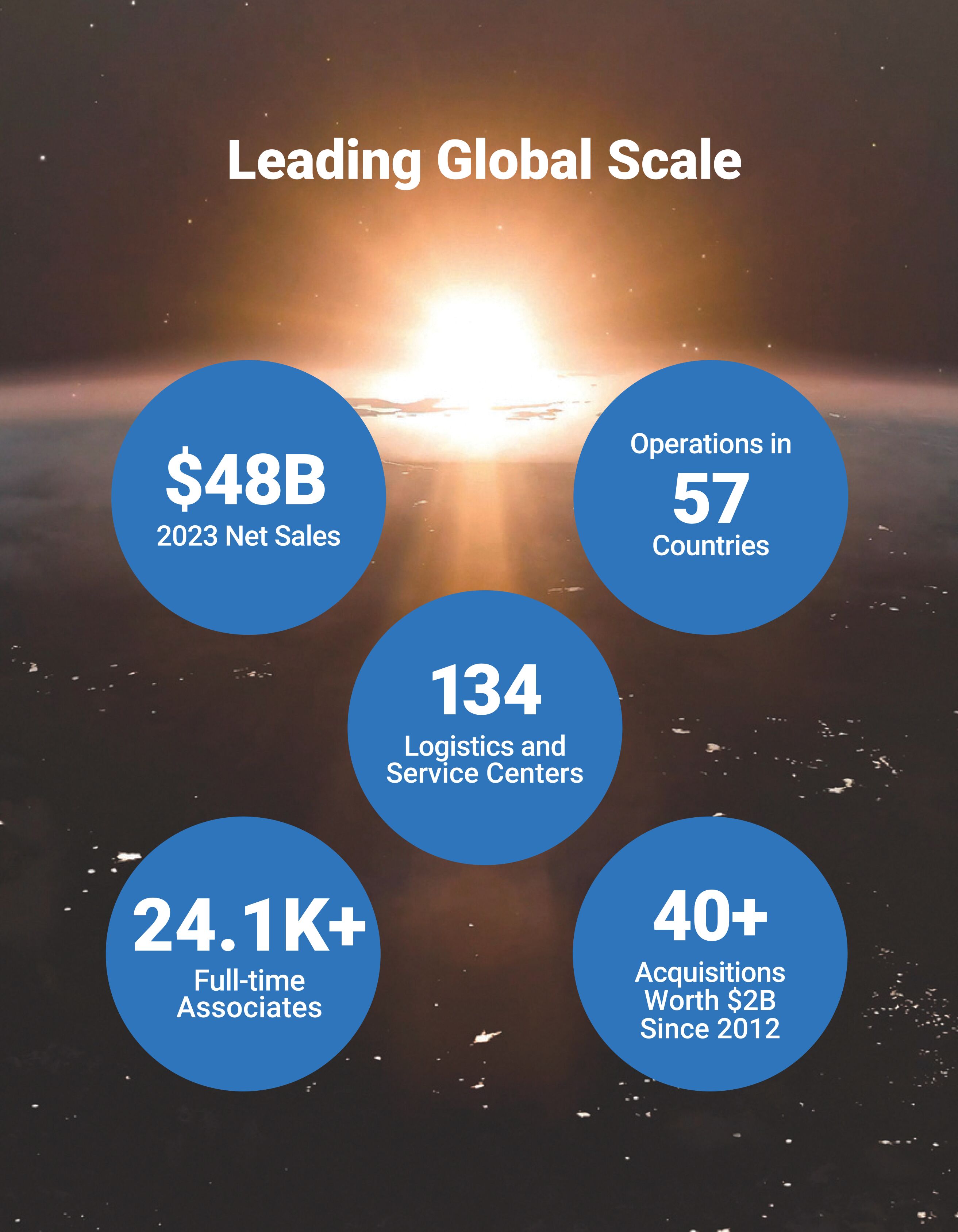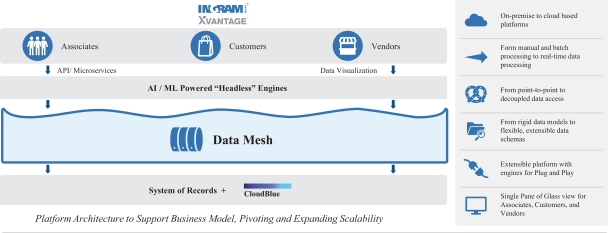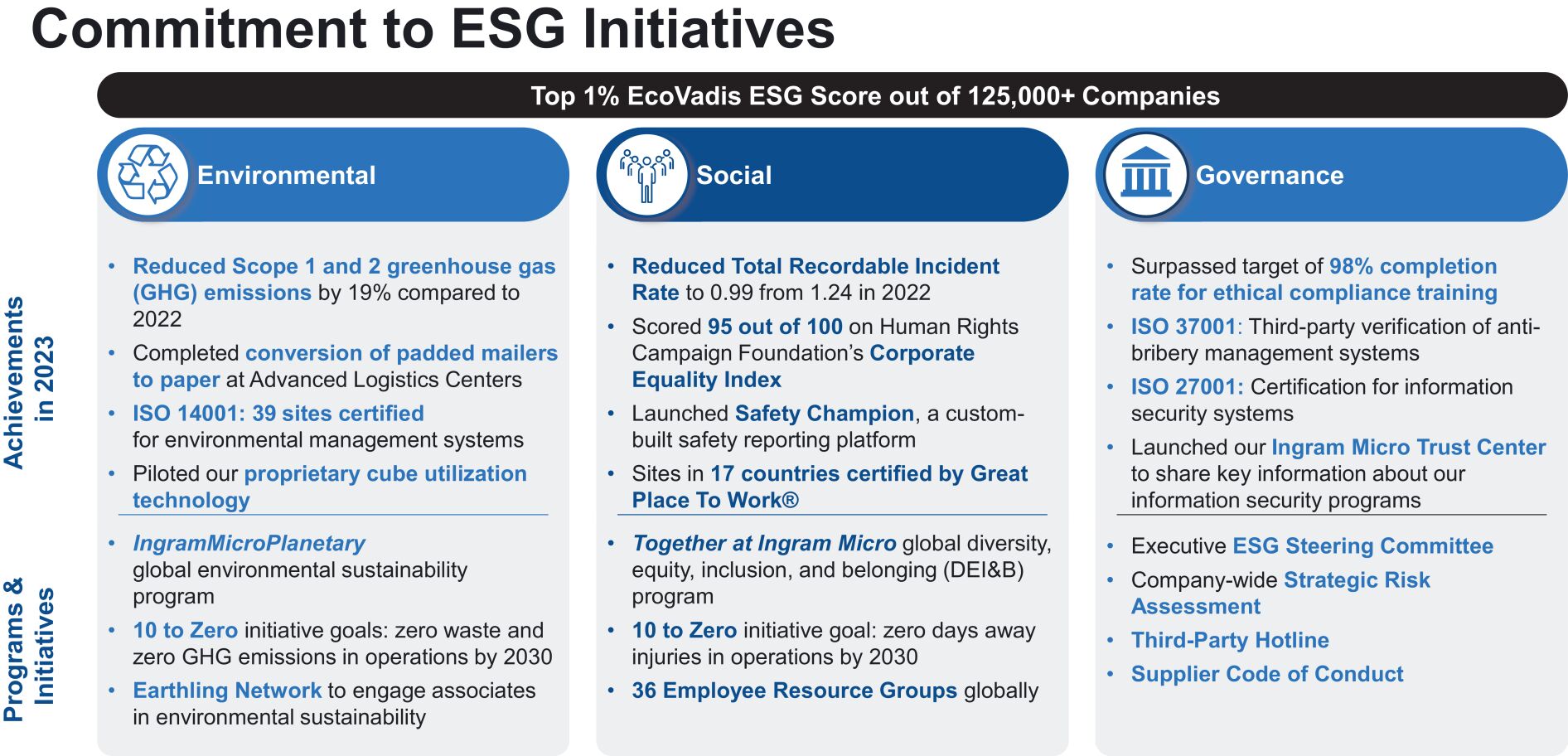December 30, 2023 and June 29, 2024, $1,362,487 and $1,216,789, respectively, remained outstanding under the Term Loan Credit Facility. In connection with the 2024 Refinancing, on September 20, 2024, we repaid an incremental $100 million of the principal balance of our Term Loan Credit Facility. Following such repayment, as of September 20, 2024, $1,160 million was outstanding under the Term Loan Credit Facility. Concurrently with such repayment, on September 20, 2024, we refinanced our Term Loan Credit Facility, reducing the interest rate spread over SOFR by 25 basis points and eliminating the credit-spread adjustment. Borrowings under the Term Loan Credit Facility bear interest at a rate per annum equal to, at our option, either (1) the base rate (which is the highest of (a) the then-current federal funds rate set by the Federal Reserve Bank of New York, plus 0.50%, (b) the prime rate on such day and (c) the one-month SOFR rate published on such date plus 1.00%) plus a margin of 1.75% or (2) SOFR (subject to a 0.50% floor) plus a margin of 2.75%. Additionally, in connection with such refinancing, we extended the maturity date of the Term Loan (as defined in the Term Loan Credit Agreement) to September 19, 2031.
On July 2, 2021, we entered into new ABL Credit Facilities providing for senior secured asset-based, multi-currency revolving loans and letter of credit availability in an aggregate amount of up to $3,500,000 (the “ABL Revolving Credit Facility”), which is subject to borrowing base capacity and a senior secured asset-based term loan facility of $500,000 (the “ABL Term Loan Facility” and, together with the ABL Revolving Credit Facility, the “ABL Credit Facilities”). Prior to the voluntary prepayment in full discussed below, the ABL Term Loan Facility would have matured in July 2026. The ABL Revolving Credit Facility matures on September 20, 2029. The ABL Term Loan Facility amortizes in equal quarterly installments aggregating to 1.00% per annum. We may borrow under the ABL Revolving Credit Facility only up to our available borrowing base capacity. Borrowings under the ABL Revolving Credit Facility bear interest at a rate per annum equal to, at our option, either (1) the base rate plus a margin ranging (based on the availability under the ABL Revolving Credit Facility) from 0.25% to 0.75% or (2) SOFR (subject to a 0% floor) plus a margin ranging (based on the availability under the ABL Revolving Credit Facility) from 1.25% to 1.75%. Borrowings under the ABL Term Loan Facility bear interest at a rate per annum equal to, at our option, either (1) the base rate plus a margin of 2.50% or (2) SOFR (subject to a 0% floor) plus a margin of 3.50%. We capitalized $84,350 of debt issuance costs on July 2, 2021. As of December 30, 2023 and June 29, 2024, we had borrowings of $30,000 and $0, respectively, under our ABL Revolving Credit Facility and as of January 1, 2022 there were $486,146 of borrowings outstanding under our ABL Term Loan Facility. On April 4, 2022, we repaid in full the outstanding borrowings on our ABL Term Loan Facility of $496,250, including $10,724 of unamortized debt issuance costs which was recognized to interest expense in Fiscal Year 2022 (Successor), and following such prepayment, there were no borrowings outstanding under our ABL Term Loan Facility.
At December 30, 2023 and June 29, 2024, our actual aggregate capacity under our ABL Revolving Credit Facility and other receivable-backed programs was approximately $3,914,900 and $3,901,850, respectively, of which $361,920 was used as of December 30, 2023 and $240,329 was used as of June 29, 2024. On September 20, 2024, we borrowed $100 million under our ABL Revolving Credit Facility to repay outstanding term loans as part of the 2024 Refinancing. Even if we do not borrow or choose not to borrow to the full available capacity of certain programs, most of our trade accounts receivable-backed financing programs are subject to certain restrictions outlined in our ABL Credit Facilities. These restrictions generally prohibit us from assigning or transferring the underlying eligible receivables as collateral for other financing programs, unless the underlying eligible receivables are sold in conjunction with a dedicated, non-recourse facility.
We also have additional lines of credit, short-term overdraft facilities and other credit facilities with various financial institutions worldwide, which provide for borrowing capacity aggregating to $1,331,813 at December 30, 2023 and $960,023 at June 29, 2024. Most of these arrangements are on an uncommitted basis and are reviewed periodically for renewal. At January 1, 2022, December 31, 2022, December 30, 2023 and June 29, 2024, respectively, we had $114,021, $111,224, $217,463 and $179,368 outstanding under these facilities. The weighted-average interest rate on the outstanding borrowings under these facilities, which may fluctuate depending on geographic mix, was 4.4%, 7.9%, 7.9% and 9.8% per annum at January 1, 2022, December 31, 2022, December 30, 2023 and June 29, 2024, respectively. At January 1, 2022, December 31, 2022,
143























